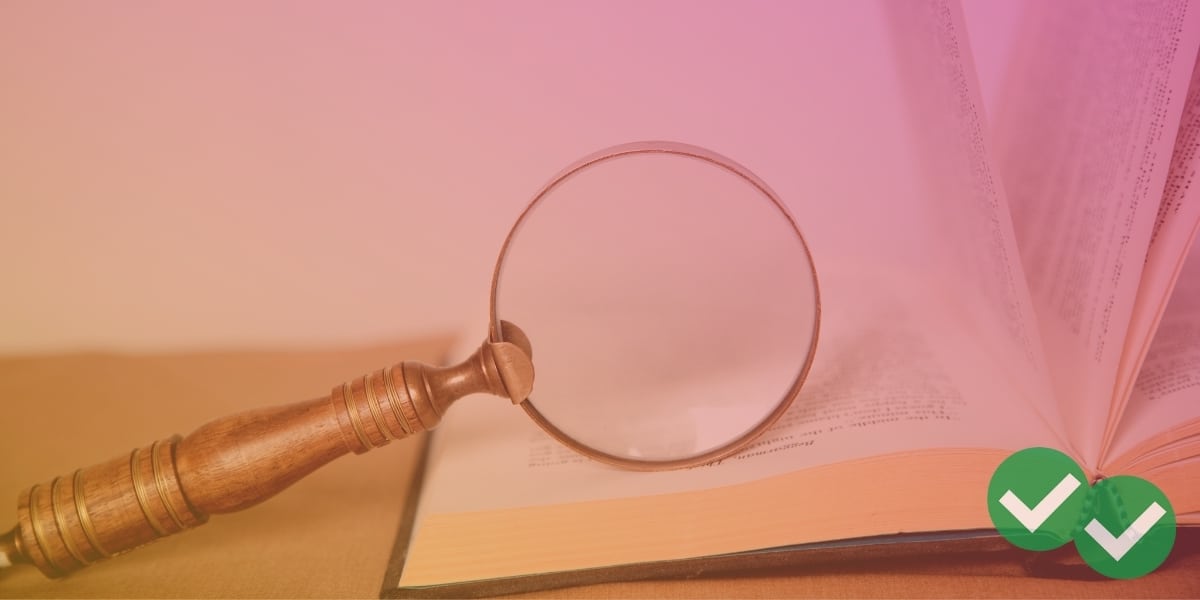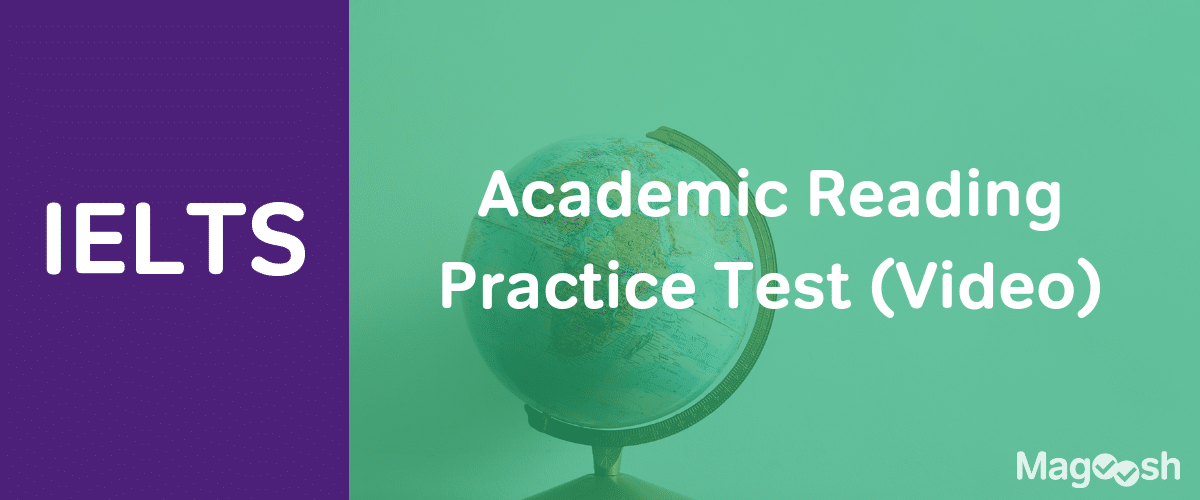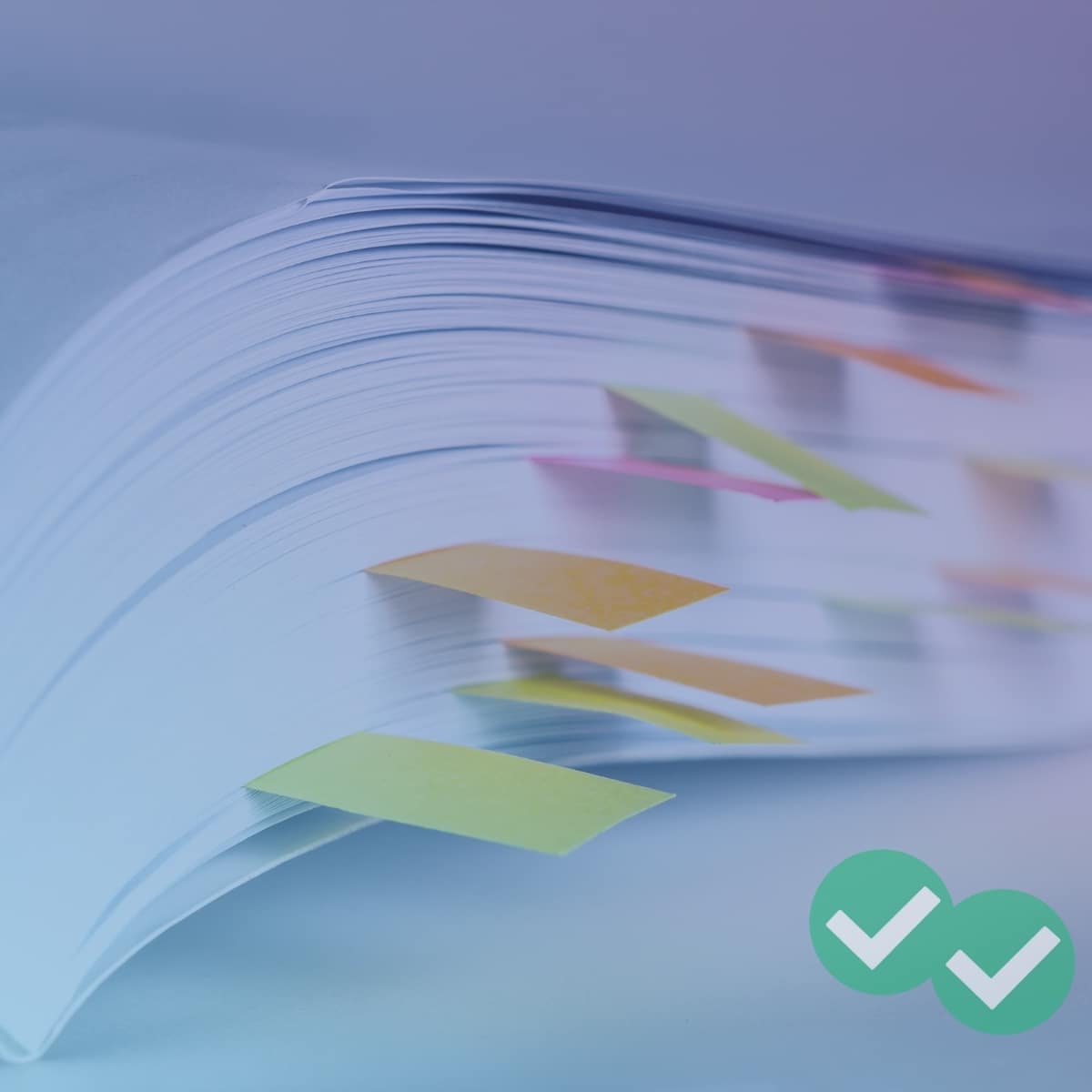
The IELTS Reading section can feel massive and mysterious — it’s not obvious where we should start! If you’re feeling this hazy and heavy stress, this guide is for you. It lays out concrete steps, strategies, and resources you’ll need to prepare for test day. This guide is a broad overview that deals with both the Academic and General Training versions of the test.
Table of Contents
- IELTS Reading Resources and How to Practice With Them
- Get to Know the IELTS Reading Section
- How can I practice reading for IELTS? Tips and Tricks
- Next Steps: IELTS Reading Practice and Preparation
IELTS Reading Resources and How to Practice With Them
There are two major practice resources for IELTS Reading prep: trusted practice materials and quality reading materials. It’s important to draw on different resources in your studies to improve your reading skills. This is because different resources more effectively develop different necessary skills.
Think about it this way. Imagine your reading skills like woodworking skills. If we want to build a wooden table to demonstrate that we’re a good table crafter, we’ll definitely need a hammer and some sandpaper to build the table. But we don’t want to use a hammer or sandpaper for every step. Each tool has its own time, use, and place. Likewise, each practice resource is particularly useful for honing certain skills necessary to demonstrate your linguistic proficiency to your examiner. Using each tool for its proper purpose will make the most of your study time.
Trusted Practice Materials vs. Quality Reading Materials
Trusted practice materials — like official IELTS practice tests or Magoosh questions — are great for two things: familiarizing ourselves with the fine-grain details of the IELTS Reading section and trying out reading strategies. The practice materials are especially important for learning the quirks of the particular version of the test you’re taking — be it the Academic or General Training. If you’re in need of trusted practice materials, check these resources out:
- IELTS Reading Practice Tests and Resources
- Recommended IELTS Prep Books
- IELTS Reading Diagnostic Quiz
- Free IELTS Academic Reading Practice Test (Video)
Now’s a good time as ever to discuss a very understandable but short-sighted impulse that we’ll want to head off. When studying for a test, there’s the impulse to answer a bunch of official questions and call it a day. We might think that that’s what we’re going to be tested on, so why not take the practice tests to use strategies and practice reading.
But relying solely or primarily on official IELTS reading passages and questions for your studies isn’t the most effective or even a particularly good use of practice materials — it’s kind of like trying to sand a wood with a hammer. There’s a limited number of these sorts of questions, so relying entirely or mostly on practice material makes it easy to exhaust these resources. Instead, we recommend using quality reading materials to build up your vocabulary and reading comprehension.
Get to Know the IELTS Reading Section
Academic or General Training? Two Types of IELTS Reading Sections
First things first, it’s important to point out that the IELTS Reading section comes in one of two types: the Academic and the General Training. Before you sign up for the IELTS, make sure you’re signed up and study for the correct version of the test. If you aren’t sure about which test you have to take, contact the institution requesting the test results and they can guide you to the correct one.
In general, the Academic passages deal with more specialized, academic topics and closely resemble articles you’d find in a newspaper or magazine. The General Training Reading section covers more general, daily life topics or relates to work in some capacity.
Depending on whether you’re taking the Academic or General Training version, there are several similarities and differences between the two:
| Similarities | Differences |
|---|---|
| Three parts to the Reading section | Difficulty of the vocabulary |
| 60 minutes to complete a total of 40 questions
⚠️ Warning ⚠️ This hour includes the time to transfer your answers to the separate answer sheet — you won’t get extra time for this step. |
The number of questions/items per part.
Note: The questions will always add up to a total of 40 questions! |
| Each question/item counts for one mark/point. | General Training Reading section has:
|
| The passages and questions are ordered from easiest to hardest. | Academic Reading section has:
|
| Both use the IELTS Reading band descriptors . Read up to understand the scoring system! |
Academic IELTS Reading Section
Academic IELTS Reading passages cover a wide range of subjects from environmental science to economic history. It’s important to stress that you don’t need to be a subject expert to do well. What you will need is an expansive vocabulary; test-takers with a large vocabulary have a massive advantage. Academic IELTS Reading passages may contain some technical terms and even visual materials such as charts and graphs. IELTS commonly uses passages from professional and academic journals, textbooks, reports, and newspapers.
The Academic Reading paper consists of three passages. For each one, you will answer 10-14 questions. Here are some sample Reading passages and questions from the British Council (the makers of the IELTS exam) so you can see what Academic Reading passages and questions look like. Try to answer the questions and see how you do!
- Academic IELTS Reading passage 1: Making Time for Science
- Academic IELTS Reading passage 2: The Triune Brain
- Academic IELTS Reading passage 3: Helium’s Future up in the Air
General Training IELTS Reading Section
Like Academic Reading, General Training Reading also includes articles from journals, newspapers and magazines. However, the majority of the passages are much shorter, with simpler vocabulary. Additionally, the topics tend to relate to daily life. Some passages, especially towards the beginning of the General Training Reading paper, are taken from advertisements, guidebooks, magazines, notices, or employee manuals.
While each version of General Training IELTS Reading can be slightly different, you can generally expect that the exam will get more and more challenging from beginning to end. In Section 1, there will be 2 to 3 very short (and relatively simple) articles related to everyday life topics. In Section 2, there will be two short texts. These are often related to work in some way, such as a job application or company handbook. Finally, Section 3 will contain a longer text discussing a more academic or abstract topic. This is the toughest article on the General Training Reading exam.
For more information about the types of topics you might see, check out our blog post on General Training Reading passages.
For practice, here are some reading sample tests from British Council for the General Training IELTS exam. Try to answer the questions and see how you do: Section 1, Section 2 and Section 3.
Question Types (With Sample Practice Tests)
There are several basic IELTS reading question types that you’ll want to familiarise yourself with. Here’s a quick overview of them with practice samples linked below them:
- True/False/Not Given & Yes/No/Not Given
- Multiple choice
- Matching
- Headings
- Information
- Features
- Sentence Endings
- Sentence Completion and Short Answers
- Note, Table, Diagram, or Summary Completion
How can I practice reading for IELTS? Tips and Tricks
With a grasp on the different versions of the test and question types in mind, we’re now in a great place to talk shop about tips and strategies. Here’s an overview of some of the core strategies you’ll want to regularly revisit:
- IELTS Reading Tips
- IELTS Reading Strategies
- IELTS Reading: Should You Take Notes?
- Identifying Writers’ Views in IELTS Reading
- How to Understand Long Sentences in IELTS Reading?
- Signal Words in IELTS Reading
Next Steps: IELTS Reading Practice and Preparation
Now that we’ve talked about the materials and strategies — the tips and tricks of the test — it’s important to start putting together a study plan. If you’d like help putting together a study plan and have at least a month before your test, check out Magoosh’s Academic IELTS One-Month Study Plan or General Training IELTS One-Month Study Plan. If you’re in a time crunch and only have a week, we have a plan for that too!: One-Week IELTS Study Plan.
In addition to a study plan for the IELTS Reading section, it also helps to have a guide who can walk you through all the concepts and strategies. If you’re looking for lessons for all the different parts of the IELTS as a whole, check out Magoosh’s study plans.
Added up, these strategies and resources for the IELTS Reading section should help relieve the pressure that comes from the test and prep you for the big day!
All the best, and happy studying!





